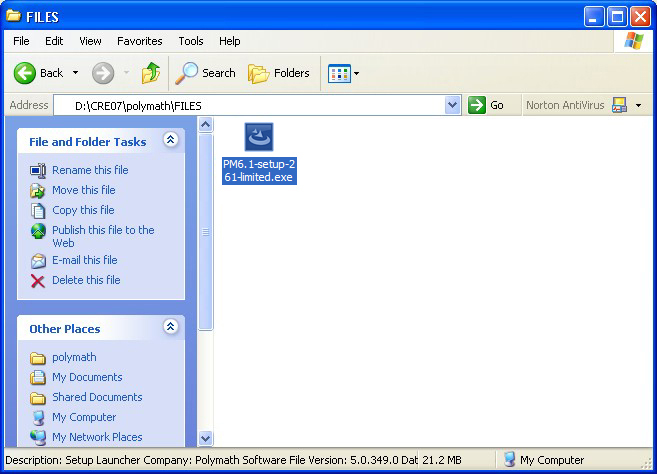

Assuming that the batch data taken at 300 K are accurate and that E = 15,000 cal/mol, what CSTR temperature do you recommend to obtain maximum conversion? : Use Polymath to make a plot of X versus T. The reaction is reversible with K C = 3.0 at 300 K, and cal/mol. Experimental data taken in a batch reactor shows the CSTR conversion to be 40%. The liquid enters at the top of the reactor and exits at the bottom. The reaction is second order in both the forward and reverse directions. Additional information (a) What is the activation energy for Reaction (1)?Ī reversible liquid-phase isomerization is carried out isother-mally in a 1000-gal CSTR. The entering molar flow rate of A is 10 mol/s. The product of the overall heat-transfer coefficient and the heat-exchanger area per unit volume, Ua, is 10 cal/s • dm 3 • K. The concentrations of A, B, C, and D were measured at the point down the reactor where the liquid temperature, T, reached a maximum, and they were found to be C A = 0.1, C B = 0.2, C C = 0.5, and C D = 1.5 all in mol/dm 3. Figure P12-21 B Reactant temperature T and coolant temperature T a profiles. The following temperature profiles were obtained for the reaction and the coolant stream. The irreversible liquid-phase reactions Reaction (1) A + B ? 2C r 1C = k 1C C A C B Reaction (2) 2B + C ? D r 2D = k 2D C B C C are carried out in a PFR with heat exchange. Sample questions asked in Essentials of Chemical Reaction Engineering:

POLYMATH PROGRAM P5 16 CODE
Extensive additional DVD resources include Summary notes, Web modules, additional examples, derivations, audio commentary, and self-tests Interactive computer games that review and apply important chapter concepts Innovative "Living Example Problems" with Polymath code that can be loaded directly from the DVD so students can play with the solution to get an innate feeling of how reactors operate A 15-day trial of Polymath(TM) is included, along with a link to the Fogler Polymath site A complete, new AspenTech tutorial, and four complete example problems Visual Encyclopedia of Equipment, Reactor Lab, and other intuitive tools More than 500 PowerPoint slides of lecture notes Additional updates, applications, and information are available at
"New Coverage Includes" Greater emphasis on safety: following the recommendations of the Chemical Safety Board (CSB), discussion of crucial safety topics, including ammonium nitrate CSTR explosions, case studies of the nitroaniline explosion, and the T2 Laboratories batch reactor runaway Solar energy conversions: chemical, thermal, and catalytic water spilling Algae production for biomass Steady-state nonisothermal reactor design: flow reactors with heat exchange Unsteady-state nonisothermal reactor design with case studies of reactor explosions About the DVD-ROM The DVD contains six additional, graduate-level chapters covering catalyst decay, external diffusion effects on heterogeneous reactions, diffusion and reaction, distribution of residence times for reactors, models for non-ideal reactors, and radial and axial temperature variations in tubular reactions. It also provides new resources to help students discover how reactors behave in diverse situations-including many realistic, interactive simulations on DVD-ROM. Thoroughly classroom tested, this text reflects feedback from hundreds of students at the University of Michigan and other leading universities. He especially focuses on important new energy and safety issues, ranging from solar and biomass applications to the avoidance of runaway reactions. Fogler's unique way of presenting the material helps students gain a deep, intuitive understanding of the field's essentials through reasoning, using a CRE algorithm, not memorization. Scott Fogler added new material and distilled the essentials for undergraduate students. Starting from the strengths of his classic "Elements of Chemical Reaction Engineering, Fourth Edition, "in this volume H. Learn Chemical Reaction Engineering through Reasoning, Not Memorization "Essentials of Chemical Reaction Engineering "is the complete, modern introduction to chemical reaction engineering for today's undergraduate students.


 0 kommentar(er)
0 kommentar(er)
